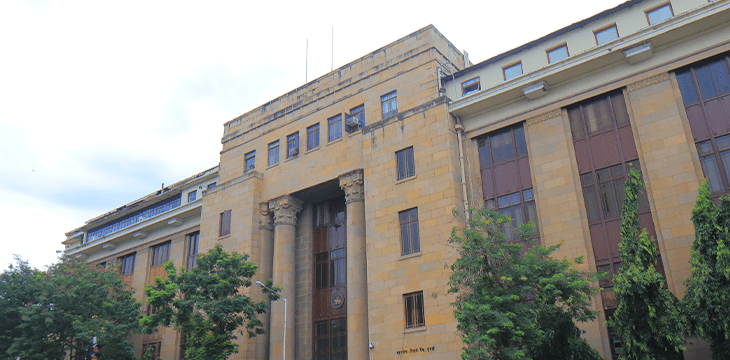|
Getting your Trinity Audio player ready...
|
The Reserve Bank of India (RBI) has made known its intentions to explore the possibilities of a central bank digital currency (CBDC) after months of silence over the matter. The bank disclosed the plan via a concept note published by the FinTech Department of the RBI.
The document detailed plans for experimentation to begin in earnest, with the issuing body noting that the tests would take place in stages. The RBI revealed that the tests were imperative given the need to “reduce the costs associated with physical cash management” and to “support competition, efficiency, and innovation in payment.”
Another reason for the banking regulator to explore the possibilities of a CBDC is its potential to improve cross-border payments while still promoting financial inclusion and protecting the “common man” from the proliferation of virtual currencies.
“The unabated use of crypto assets can be a threat to the monetary policy objectives as it may lead to the creation of a parallel economy and will likely undermine the monetary policy transmission and stability of the domestic currency,” wrote the RBI. “Further, developing CBDC could provide the public a risk-free virtual currency that will provide them legitimate benefits without the risks of dealing in private digital currencies.”
Regarding the e-rupee design, the RBI says it will be considering both a wholesale and a retail CBDC to allow both financial institutions and the public to access the benefits of the offering. The concept note suggested that the bank will offer non-interest-bearing CBDCs because of the need to limit disruption of the status quo, as banks may be restrained from distributing them if they were to threaten their bank deposits.
It appears that distributed ledger technology (DLT) may not be used in making the CBDC because of concerns that a consensus mechanism needs additional overhead. The note pointed out that at the moment, DLT would be unsuitable “except in small jurisdictions,” and with nearly 1.5 billion persons, India is, by all standards, a large jurisdiction.
India’s government is leaning toward DLT
Despite the government’s dislike for digital assets, Indian administrators have conceded that DLT has the potential to improve the nation’s digital economy. For example, India’s second largest state Maharashtra has turned to distributed ledgers for property documentation to reduce incidences of fraud.
At the start of the month, Nirmala Sitharaman, India’s Finance Minister, predicted a 46% increase in DLT adoption in the country as regional governments and civil societies turn to them to streamline national operations.
Digital asset investors in the country have been slammed with huge taxes by Indian regulators, making it one of the most taxed in the virtual currency industry. Presently, there is a 30% tax on the income from the transfer of digital assets in a bid to stifle the growth of digital currencies like BTC and Ethereum (ETH).
To learn more about central bank digital currencies and some of the design decisions that need to be considered when creating and launching it, read nChain’s CBDC playbook.
Watch: The BSV Global Blockchain Convention presentation, CBDCs and BSV

 12-13-2025
12-13-2025 





